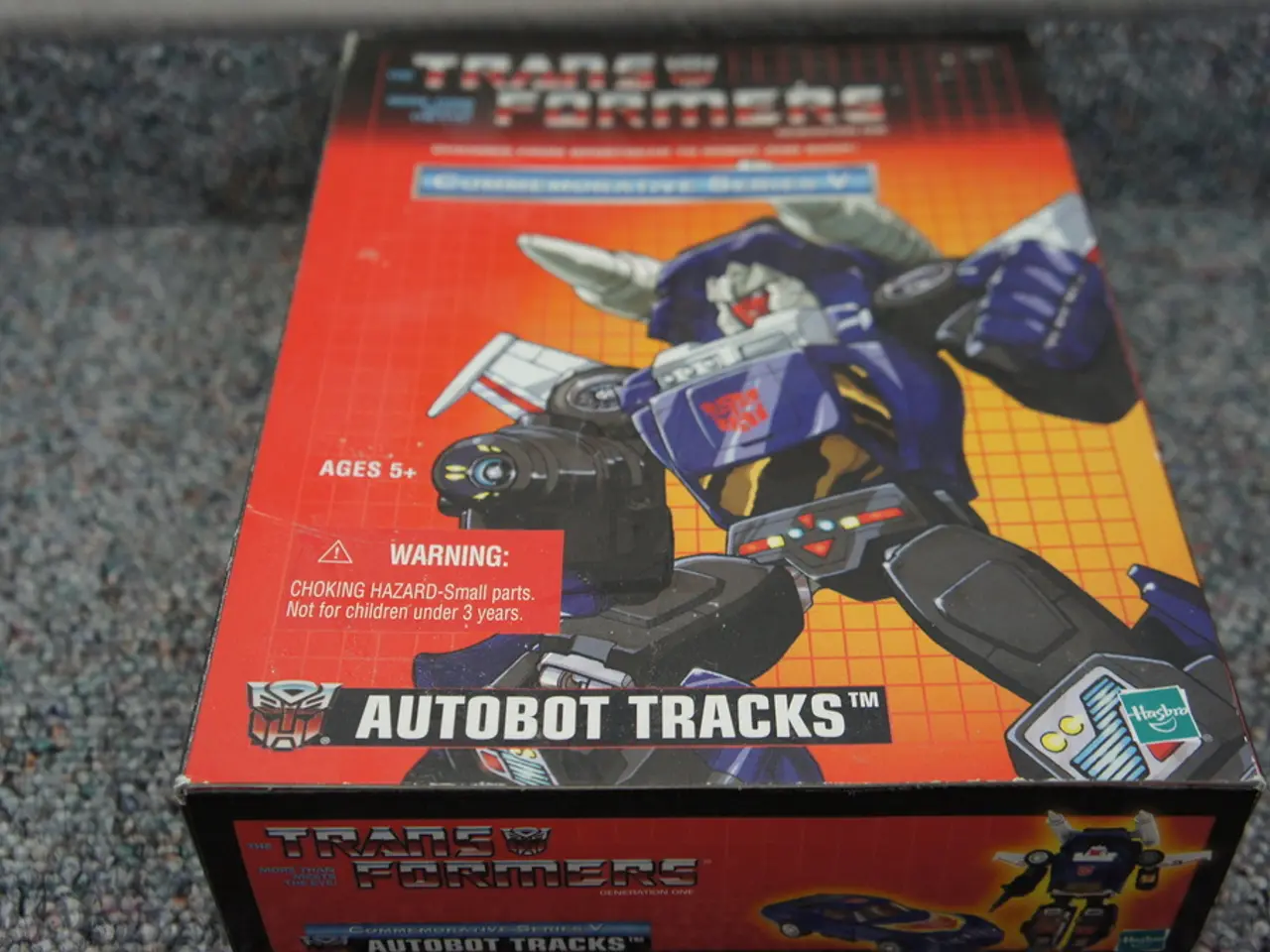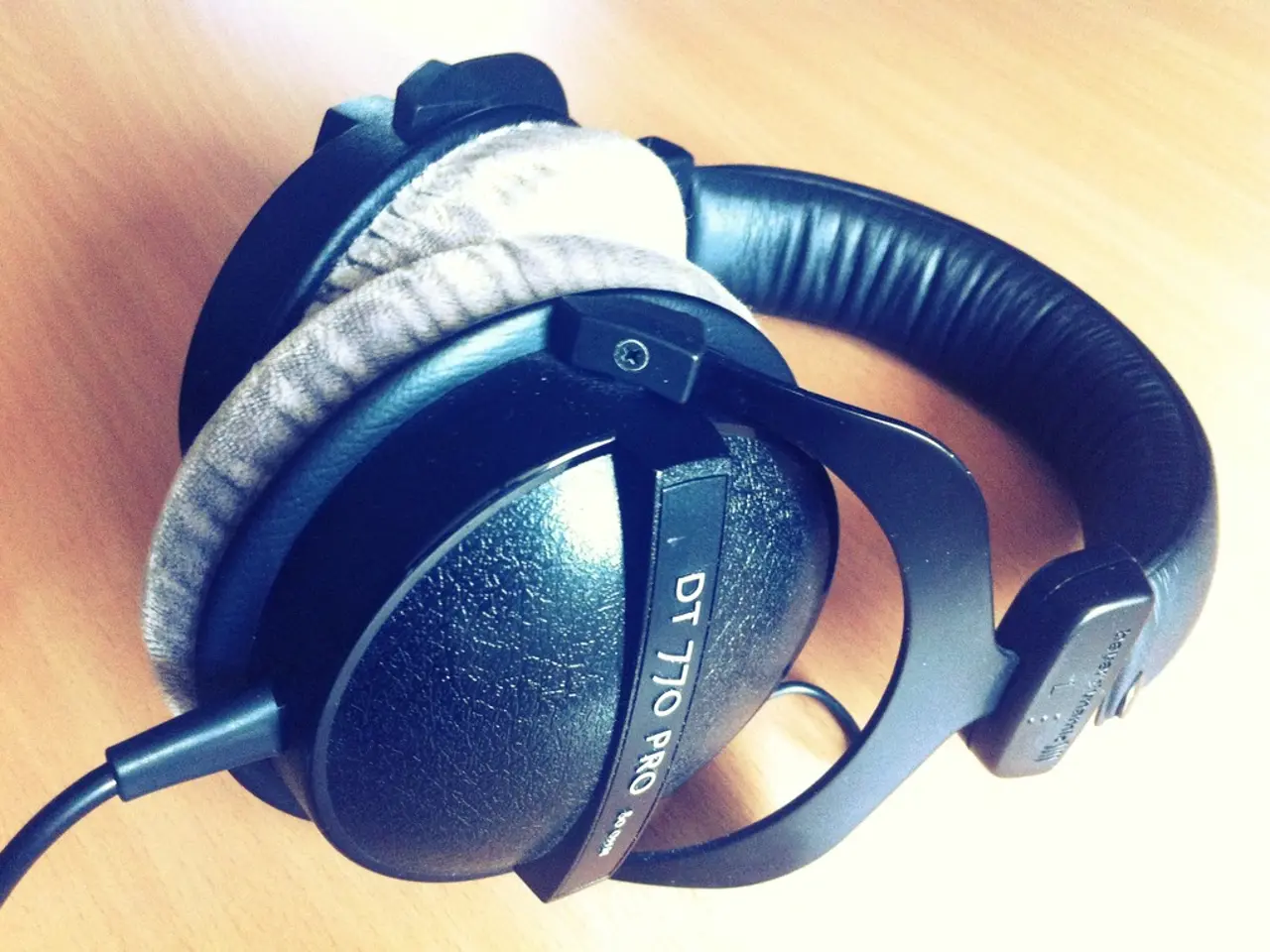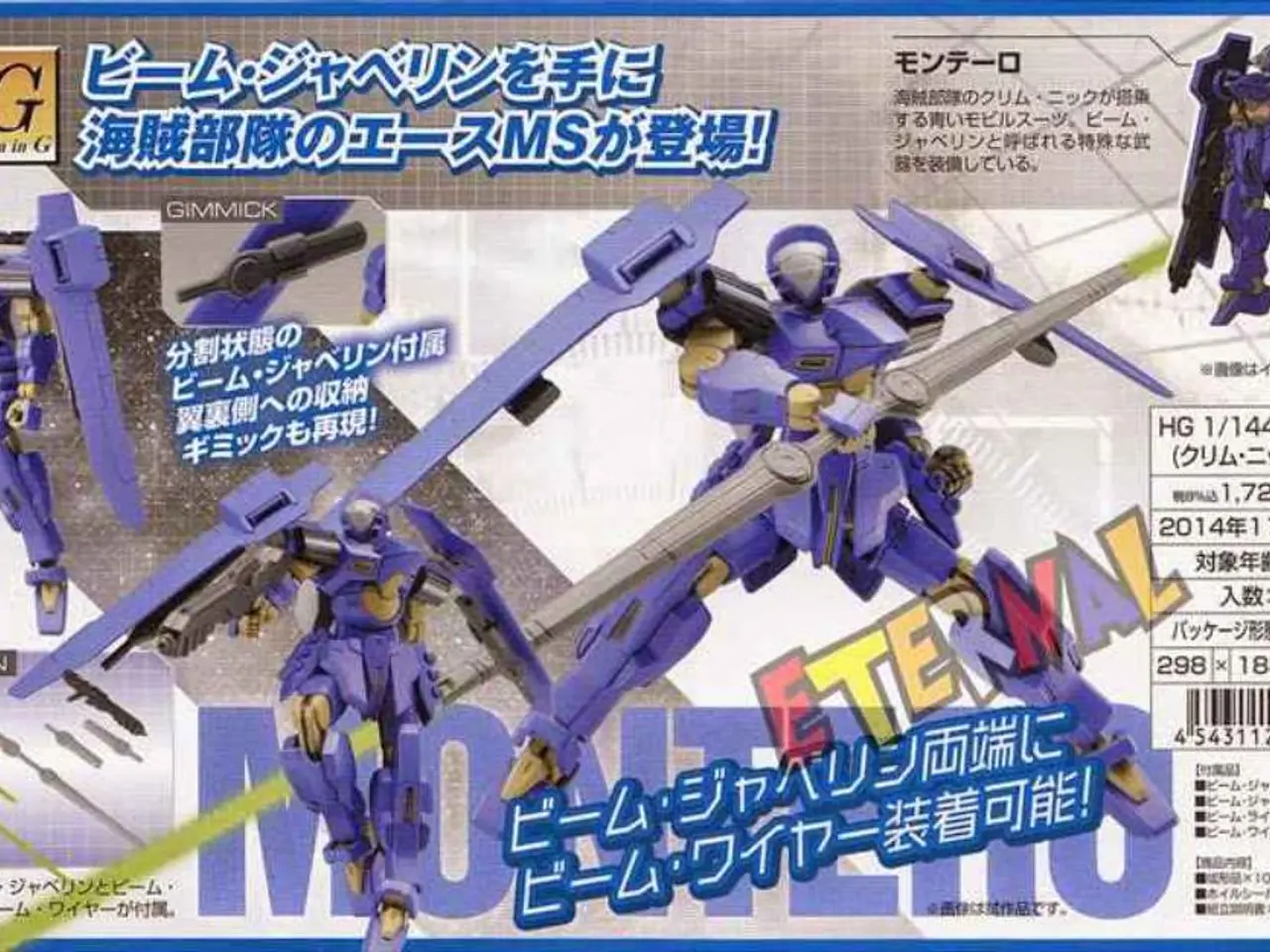Accelerated Development of Robotics and Artificial Intelligence Software Yields New Applications at Record Speeds
In the rapidly evolving world of robotics, a groundbreaking approach is emerging that combines AI, open-source software, and hardware to create intelligent robotic systems. This innovative solution, made possible by the AMD Vitis Unified Software Platform, offers seamless access to processing performance and software environments suitable for open-source AI development code.
One of the key applications of this technology is the interpretation of hand signals for robotic motion control. This concept is particularly useful in industries where prototype development and early production systems are increasingly relying on AI technology. For instance, in noisy shopfloor environments where voice control isn't practical, hand signals can provide a mechanism for controlling robotic vehicles, allowing operators to interact without the need for a keyboard or touchscreen interface due to contamination.
Google took this a step further in 2023 by launching a competition on Kaggle to find AI models that could reliably translate hand signals captured by cameras into text, using a dataset of three million characters in the fingerspelling dictionary of American Sign Language (ASL).
Several AI models are available for interpreting hand signal commands, primarily utilizing deep learning and multimodal foundation models. Among these, VGG-16 CNN and MobileNet V2 have shown promising results. While VGG-16 is a classical deep convolutional neural network initially used for recognizing ASL hand gestures, MobileNet V2 offers higher efficiency and suitability for deployment on resource-constrained robotic systems, achieving higher accuracy on the ASL classification task with far fewer computational operations per image.
Multimodal Foundation Models, such as GPT-4, LLaVA, and PaLM-E, integrate vision and language understanding, enabling robust gesture recognition and reasoning about commands. For example, GPT-4 supports image inputs and real-time planning, facilitating gesture generation, task sequencing, and robotic motion command interpretation.
The Robot Operating System (ROS), originally pioneered by a group at Stanford University, serves as a software framework for robot control. ROS2, a newer version of the software, includes features for real-time motion processing and security, making it suitable for industrial control and commercial drone operation. AMD has ported the ROS2 code to the PetaLinux operating system that runs on the MPSoC hardware to ease integration for customers.
This combined approach—leveraging efficient AI models designed for embedded platforms and integrating them with modular, open-source robotic software frameworks—allows relatively easy and adaptable deployment of hand signal command interpretation systems in robotic motion control applications. In ROS2, developers build robotics applications using easy-to-understand graphs arranged in a publisher-subscriber flow.
Tria's developers have demonstrated the effectiveness of this approach by obtaining higher efficiency in an ASL-controlled robot by swapping VGG-16 for the more recent MobileNet V2 classifier. Furthermore, fingerspelling in ASL can be faster than typing keystrokes on a phone or tablet interface, offering a significant advantage in time-to-action for robotic systems.
As we continue to explore the potential of AI in robotics, advancements in hardware, such as neuromorphic and memristor-based sensory systems, may complement AI-driven interpretation by providing efficient tactile and proprioceptive feedback to robots, enhancing their response to commands and environmental stimuli. While not direct hand gesture interpreters, such tech can synergize with AI models for richer robotic control.
In conclusion, the integration of AI, open-source software, and hardware is revolutionizing the field of robotics. By employing pretrained or fine-tuned CNN or foundation vision-language models, integrating these models within open-source robotics frameworks like ROS2, and employing modular software design, we can create adaptable and efficient hand signal command interpretation systems for robotic motion control applications. Exploring fusion with advanced sensing hardware and multimodal interaction models will further enhance the usability and acceptance of these systems in the real world.
- The integration of AI models with high efficiency, such as MobileNet V2, can significantly improve hand signal command interpretation in resource-constrained robotic systems, offering advancements in robotics applications.
- As the field of robotics evolves, the fusion of AI-driven hand gesture interpretation with advanced sensing hardware, like neuromorphic and memristor-based systems, could provide enhanced tactile and proprioceptive feedback for robots, further elevating their response to commands and environmental stimuli.




